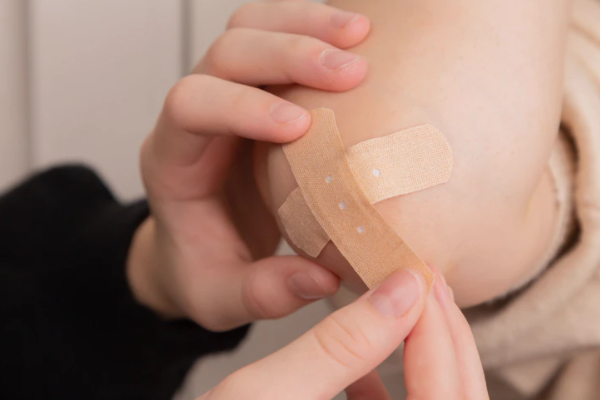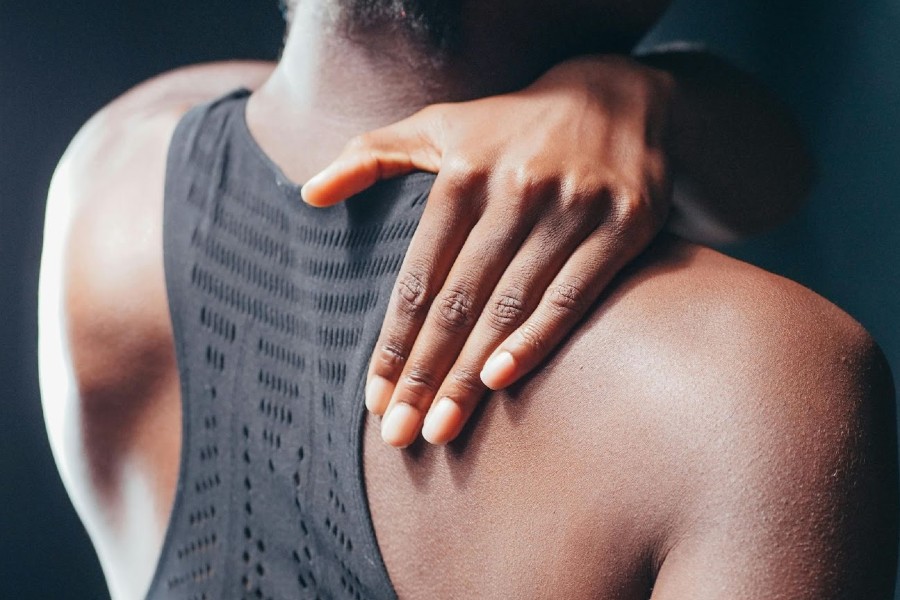
Adhesives are a type of glue that bonds two or more surfaces together. Adhesives come in many different shapes, sizes, and colors, and they can be used for many other purposes. This article talks about what medical-grade adhesives are and their uses.
What are medical-grade adhesives?
Medical grade adhesives are defined as medical adhesives that have been specially designed for use in the healthcare setting. Medical-grade adhesives will often be latex-free, alcohol-free, and latex-safe to reduce allergy risks or reactions that can happen with exposure to these substances.
Medical grade adhesive tapes are usually made of a durable material used by doctors and nurses in hospitals because it is essential not only for them but also their patients who might react negatively to an allergy or other skin irritation caused by improper contact materials such as tape residue left behind from more traditional products.
These stronger tapes may offer better protection against tearing than some lower-quality options, which can give you peace of mind when caring for your child’s delicate skin at home or on the go. When using medical adhesives, it’s essential to know the different types available. For instance, you may want to choose a waterproof adhesive for taping down an IV line, while a different kind of medical-grade adhesive might be better suited for holding gauze or gloves onto patients who are experiencing allergic reactions. In the hospital setting, these products can help keep your staff from changing tapes too often because they have been designed with that specific purpose in mind.
It’s also essential when working with children’s skin and adhesives not only on their faces but other sensitive areas like fingers and joints that you find a kind of medical grade adhesive that is latex-free or has had any remaining latex removed after construction so as not to cause any further irritation or allergy risks which could lead them needing to be taken to the emergency room.
Medical grade adhesive tapes, while more expensive than traditional adhesives, are worth considering for their strength and durability as well as for what they can do in different medical situations like helping a patient heal faster or keeping them from having to return to the hospital too soon because of an allergy reaction.
Why should you use them in your medical practice?

Medical grade adhesives are used to help your patients heal faster and more comfortably. They’re typically stronger, thinner, and have more minor side effects than their non-medical counterparts.
Medical grade adhesive products are designed to meet the needs of a medical office or hospital setting where patient comfort is paramount but still provides an effective seal for tasks like bandaging wounds.
They’re also perfect for personal use in first-aid kits when it’s too inconvenient to go out shopping for supplies every time something breaks or gets lost.
Medical-grade adhesives come in a variety of forms, including bandages and dressings for wounds. They’re designed to meet the needs of a medical office or hospital setting where patient comfort is paramount but still provide an effective seal for tasks like bandaging wounds.
They can be used on minor cuts and scrapes, burns that have blistered up, piercings that need healing, lacerations from accidents at home or work (especially ones involving sharp objects), as well as other injuries with open sores and crusted-over abrasions.
Note: If there’s pus coming out of the wound, you should not use medical-grade adhesives until the pus has cleared and the sores have healed.
A typical adhesive dressing consists of three layers – A base layer, a middle layer that provides bonding between itself and surfaces, typically non-woven rayon, and a top layer that is often covered in an antimicrobial film to protect the adhesive dressing from contamination until you’re ready to put it on.
When used correctly, medical-grade adhesives can help your patients heal faster with less pain. And as long as they’re designed by professionals who know what they’re doing – not just people trying their hand at different things – you’ll be able to fully trust them because of all the checks and balances built into place so that each product meets rigorous standards for safety.
If you’ve used medical-grade tape before, it’s worth considering what type of adhesive is best for your needs. Is the tape going to be applied to a patient that has sensitive skin? A high-performance sports athlete? Think about where and how often the adhesive will need to be reapplied or whether an elastic bandage would work better in this situation. There are many different types of tapes available with varying degrees of adhesion strength, so finding one that works well for your specific application should not prove difficult if you know what you want from the outset. Hopefully, these guidelines have helped guide your decision-making process. Now go forth and decide!
Become a Harlem Insider!
By submitting this form, you are consenting to receive marketing emails from: . You can revoke your consent to receive emails at any time by using the SafeUnsubscribe® link, found at the bottom of every email. Emails are serviced by Constant Contact








